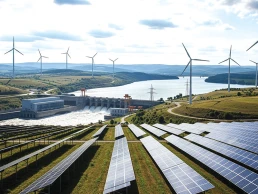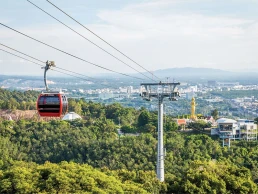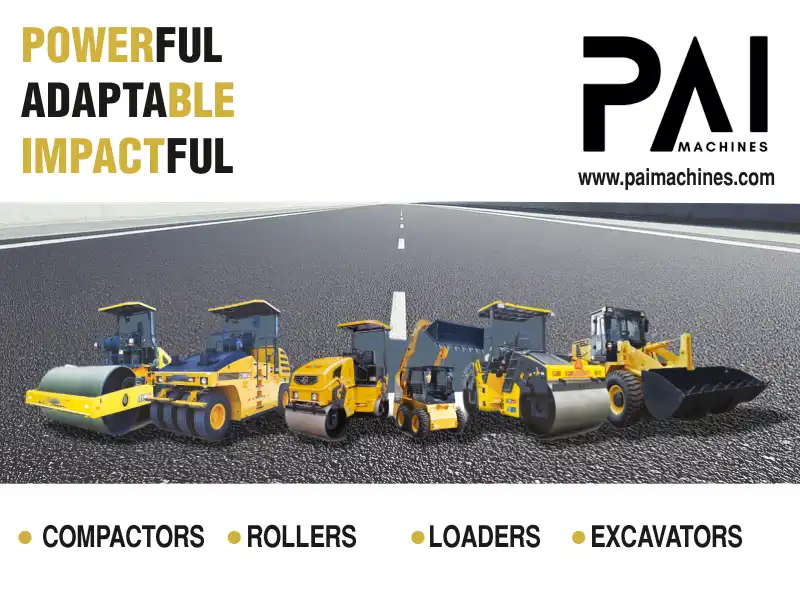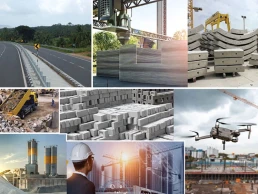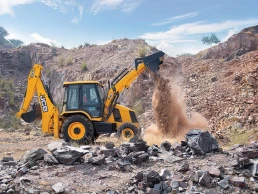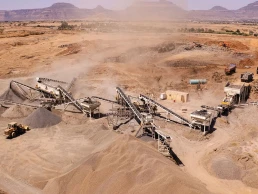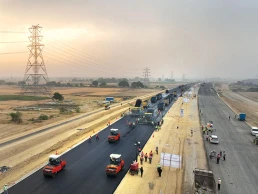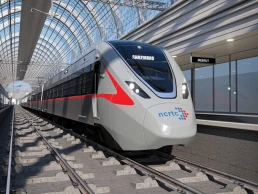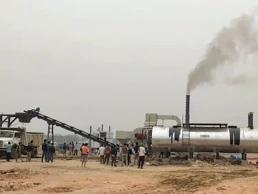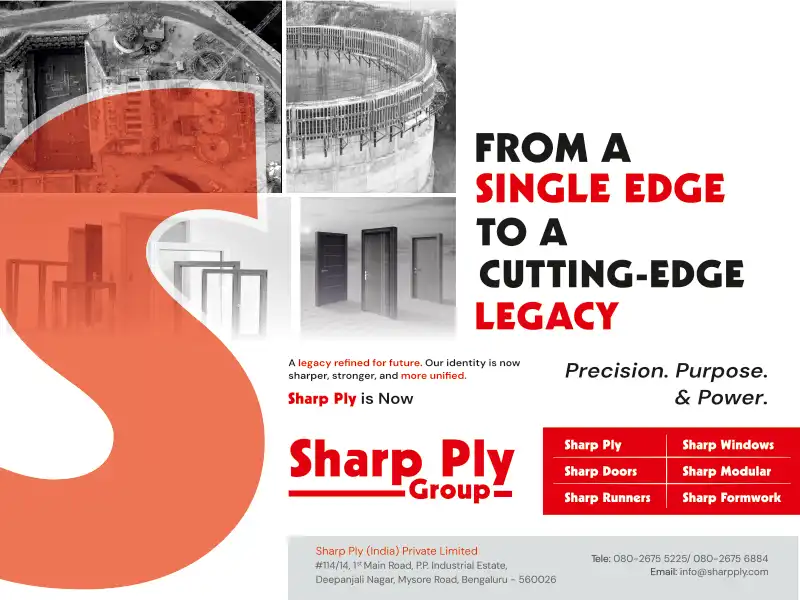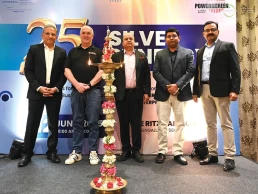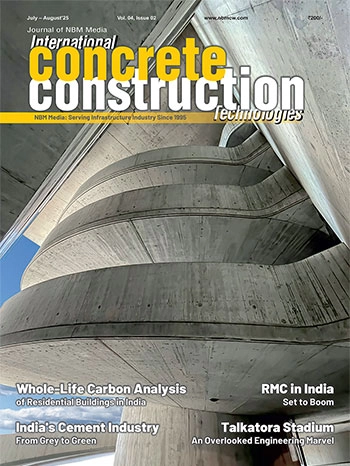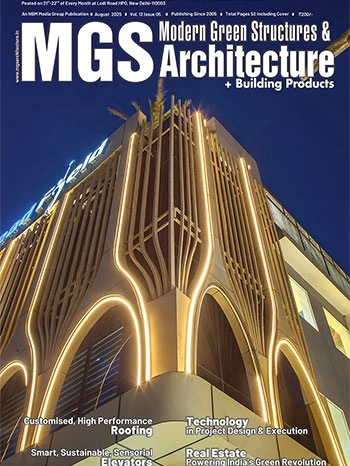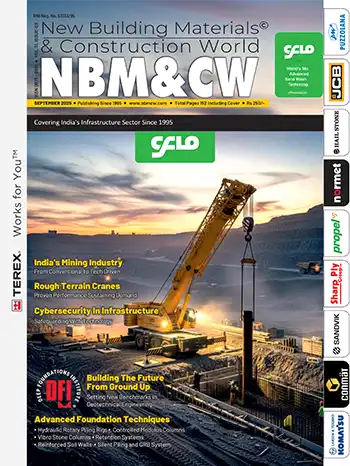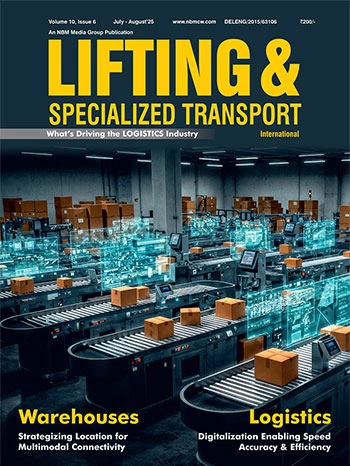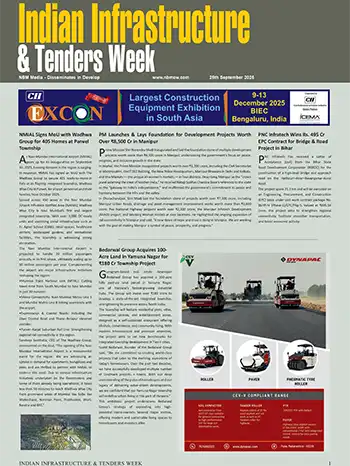Cold Form Steel Building: A Sustainable Development
 Picture courtesy: Tata Bluescope Steel
Picture courtesy: Tata Bluescope SteelSustainability is one of the greatest challenges of the modern world. It includes environmental, economic, and social aspects which contribute to a durable development of the society. Cold Form Steel (CFS) construction has a great deal to offer for sustainable development due to the following reasons:
- CFS framing is a dry construction system without organic materials. Dry construction significantly reduces the risk of moisture problems and sick building syndrome.
- Steel, gypsum, and mineral wool are closed cycle materials.
- Every material used in cold form steel framing (steel, gypsum, and mineral wool) can be recycled 100%.
- It is possible to disassemble the building components for reuse.
- Cold form steel framing means less energy consumption during production than equivalent housing with a framework of concrete poured on-site.
- Cold form steel framing only uses about one-fourth the amount of raw materials used for equivalent homes in concrete.
- Less waste means a cleaner work site and a low dead weight of building components ensures a good working environment.
- Low dead weight leads to reduced transport needs.
- Reduced whole life cost.
Cold Form Steel
CFS members are made from structural steel sheets by bending or forming into different shapes by roll forming the steel through a series of dies. Automated roll forming machines are widely used now a days which produce 5 ton per day of CFS section in each shift. The advantage of cold formed sections is that no heat is required to form the shapes unlike hot-rolled members. CFS does not shrink or split, doesn't absorb moisture, and also resists warping, termites and fire. The strength and ductility of CFS makes it ideal for construction in regions subjected to high-speed winds and earthquakes. Different varieties of steel thicknesses are available that meet a wide range of structural and non-structural applications. With developments such as panelized systems, the usage of CFS has increased a lot. In fact, it is becoming the material of choice of construction for educational buildings, dormitories, assisted living facilities and hotels across the country.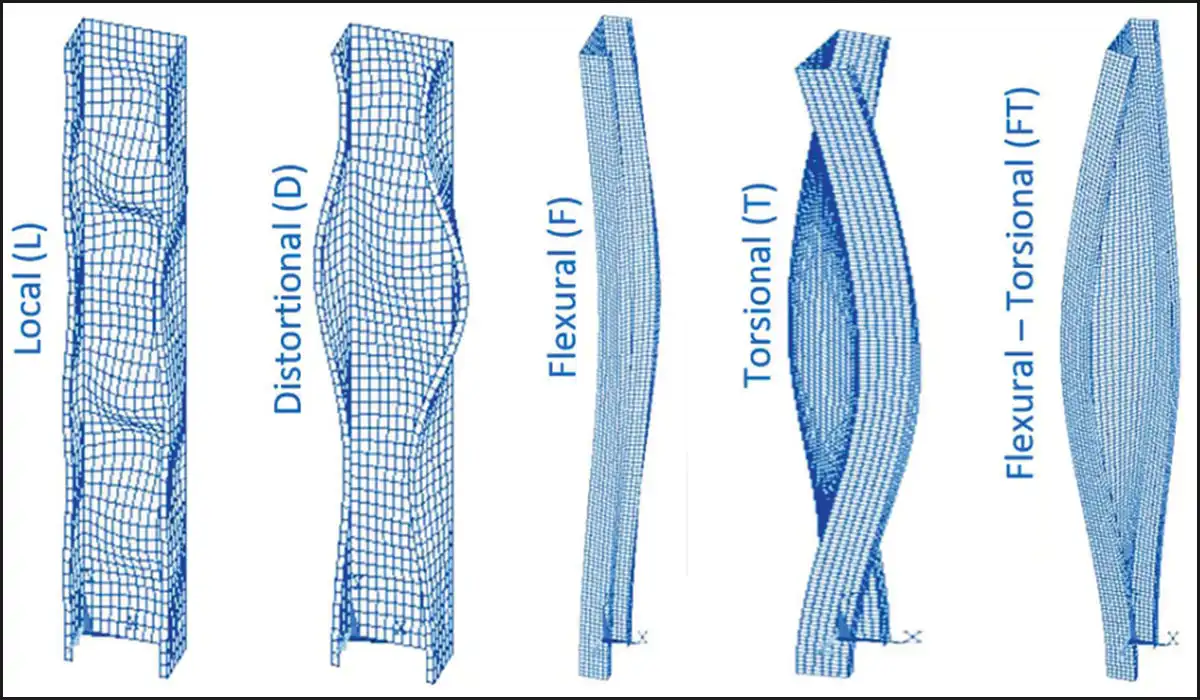 Figure 1: Different forms of Buckling in cold formed steel sections
Figure 1: Different forms of Buckling in cold formed steel sectionsCFS members invariably display very slender, thin-walled open cross-sections, a feature making them highly susceptible to several instability phenomena, namely local (L), distortional (D), and global (Flexural or flexural torsional) buckling. The overall structural response and ultimate strength are affected by these instability phenomena, which need to be understood by the structural engineer.
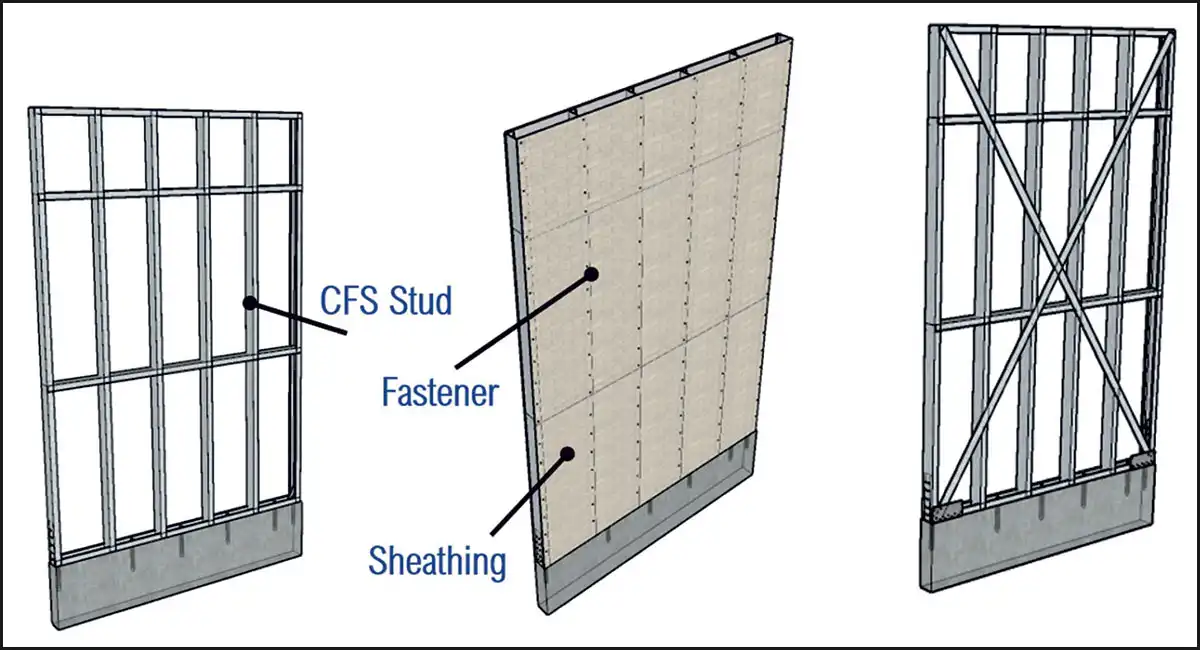 Figure 2, 3 & 4: CFS Wall, Sheathed CFS Shear Wall & X-Brace Shear Wall
Figure 2, 3 & 4: CFS Wall, Sheathed CFS Shear Wall & X-Brace Shear WallShear Wall in CFS Structure
Lateral forces (wind & seismic) create uplift or overturning forces and an analysis of lateral load path must address these overturning forces. It may be feasible to combine the vertical (wind uplift) and lateral overturning forces and investigate a simple load path to accommodate wind uplift and overturning forces simultaneously. The overall system that provides lateral resistance and stability to a building is known as lateral force resisting system (LFRS). In cold form steel construction, the LFRS may include diagonal strap and sheathed shear walls. Shear walls are walls that are typically braced or clad with structural sheathing panels to resist racking forces. Horizontal diaphragm are floor and roof assemblies that are usually clad with structural sheathing panels. Thus, the lateral forces imposed on a building from wind or seismic action also follow a load path that distributes and transfer shear and overturning forces from lateral loads in a series of conversions from horizontal forces into vertical forces to transfer them down to the foundation.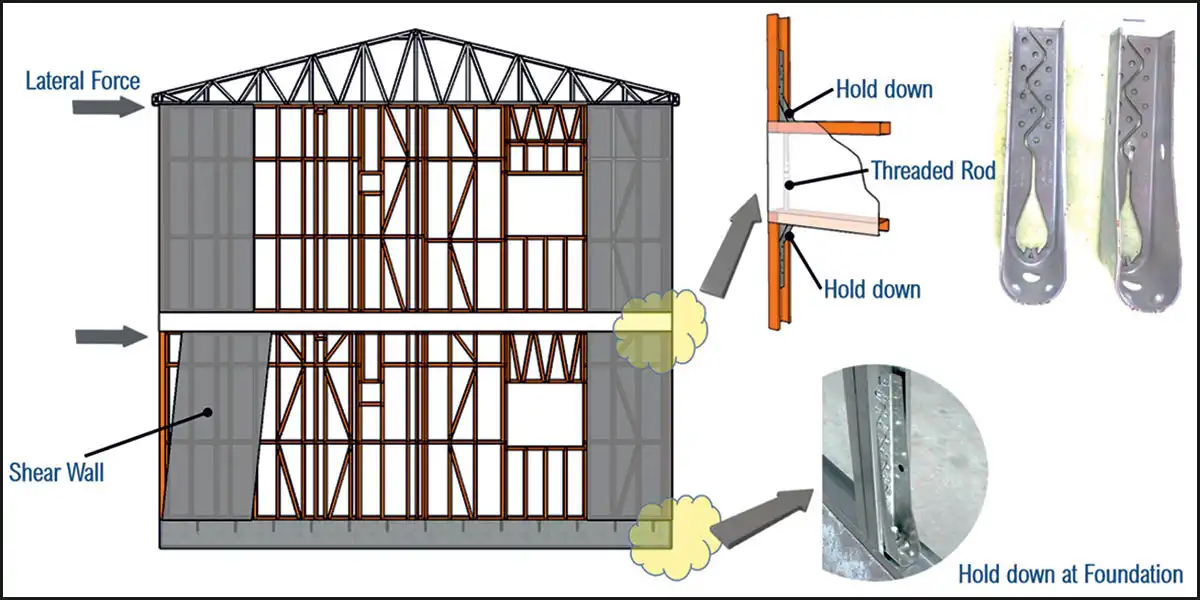 Figure 5: Sheathed Shear Wall Configuration
Figure 5: Sheathed Shear Wall ConfigurationCFS Structure Design Life, Cost, Durability
Cold form steel sections are made from pre-galvanised steel strip that has a standard Z275 coating, (275 grams of zinc per square meter) over both faces of the strip. That equates to about 0.02mm of overall zinc thickness per face. The majority of research findings on the durability of galvanised CFS sections used in construction indicate that the predicted design life of the standard G275 coating, based on the measured loss of zinc from the strip steel, is more than 200 years, provided the building envelope is well insulated and properly maintained.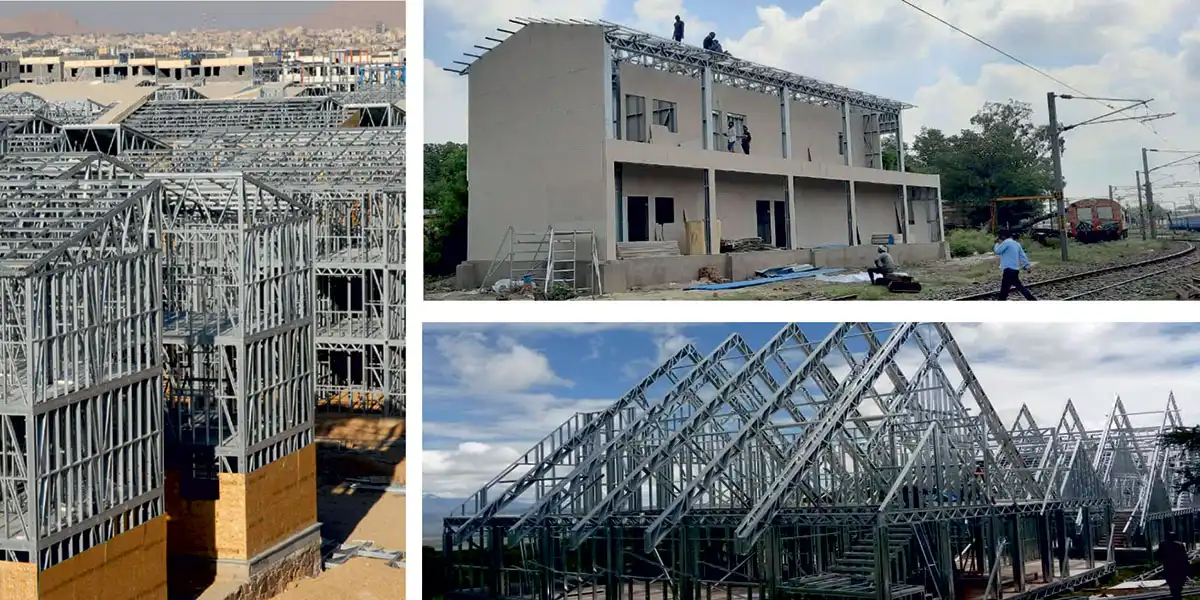 Clockwise L_R: Affordable Housing, Railway Relay Hut Structure, Resort
Clockwise L_R: Affordable Housing, Railway Relay Hut Structure, ResortZinc-aluminium coatings are also available and widely utilized in nations such as Australia and India. AZ150 zinc-aluminium coating is an appropriate substitute for Z275. Even in harsh coastal conditions, cold-formed steel frames utilized in compliance with AISI design standards and US building requirements have been proven to last hundreds of years, or far beyond the intended life of a building. Galvanised steel or AZ150 protects steel from corrosion. CFS framing is dimensionally stable, and it is not subject to moisture-related expansion and contraction, nor is it prone to shrink, split, warp, crack, or creep. This improves the structure's overall energy efficiency while lowering long-term maintenance and repair costs that are frequently associated with framing with less stable materials.
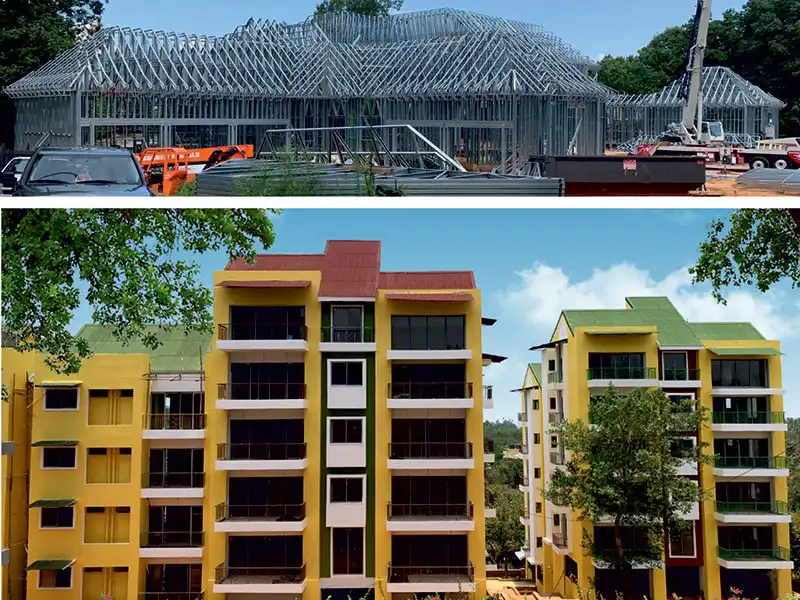 T-B: Villa & Residential Apartment
T-B: Villa & Residential ApartmentIn terms of comparison, CFS buildings are 65% lighter than RCC construction. In terms of material cost, a CFS building is 6% costlier than a RCC building however it is found that a CFS building requires about 164% less construction time vis-à-vis a RCC one. The combined parameters of total cost and construction time show that CFS has more advantages than RCC for mid-rise buildings.
References:
- International Institute for Sustainable Development, Canada
- Steel Framing Industry Association, VA, USA

Published on:
Published in: ICCT, May - June 2024
Share:
We Value Your Comment

































